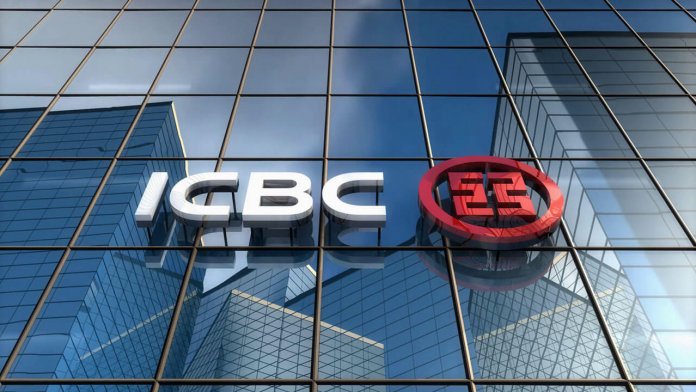There is an area in which the Chinese and Americans are literally shoulder to shoulder. No, this is not about the army or high technology, but about the most expensive banking brands in the world... Russian Sberbank cannot compete with the United States and China, modestly leaving the top 20. Its cost is $ 12.4 billion.
But we are not interested in those lagging behind, let's talk about the top ten leaders of the Brand Finance Banking 500 2019 rating, compiled by the Brand Finance brand assessment consulting agency.
Download complete spreadsheet (.pdf)
10. HSBC - $ 20.2 billion
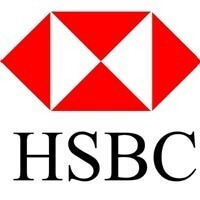 The only representative of Foggy Albion, included in the top ten most expensive banking brands in 2019. It was founded as an English bank serving international needs. In March 1865, HSBC opened its doors to business in Hong Kong, helping finance trade between Europe and Asia.
The only representative of Foggy Albion, included in the top ten most expensive banking brands in 2019. It was founded as an English bank serving international needs. In March 1865, HSBC opened its doors to business in Hong Kong, helping finance trade between Europe and Asia.
Writer Pelam Woodhouse, creator of Jeeves and Wooster, worked for two years in his London office. He managed to be late for work 20 times in his first year of service.
The bank currently has offices in 80 countries and 1,800 branches in the UK.
9.China Merchants Bank - $ 22.5 billion
 The first joint-stock commercial bank of China moved up 2 positions at once compared to last year. The bank's capitalization increased by 34.8%.
The first joint-stock commercial bank of China moved up 2 positions at once compared to last year. The bank's capitalization increased by 34.8%.
It has over 50 branches and about 2000 offices. Includes 2 main areas:
- servicing individuals;
- corporate and investment sector.
8. Chase - $ 36.2 billion
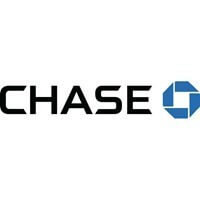 Top 8 most expensive banking brands 2018-19 heads a subsidiary of the financial holding JPMorgan Chase & Co. The bank was known as Chase Manhattan Bank until it merged with JP Morgan & Co. in 2000.
Top 8 most expensive banking brands 2018-19 heads a subsidiary of the financial holding JPMorgan Chase & Co. The bank was known as Chase Manhattan Bank until it merged with JP Morgan & Co. in 2000.
Several high-profile scandals are associated with the Chase bank. One of them concerns the bank's relationship with Nazi Germany. In declassified data from the Federal Bureau of Investigation (FBI) in 2004, there is information that before and during the early years of World War II, the German government sold a special type of Reichsmark known as the Rückwanderer Marks. And Chase National Bank, along with other banks, took part in these transactions.
The documents say that "the financial houses understood that the German government was paying a commission (to its agents, including Chase) to sell the discounted Rückwanderer Marks, which were obtained mainly from Jews who left Germany." In other words, Nazi Germany was able to offer these Reichsmarks below par because they were stolen from émigrés fleeing the Nazi regime.
Between 1936 and 1941, the Nazis raised more than $ 20 million, and the companies that carried out these operations earned commissions of $ 1.2 million. Of these commissions, over $ 500,000 went to Chase National Bank and its subagents.
7. Citi - $ 36.4 billion
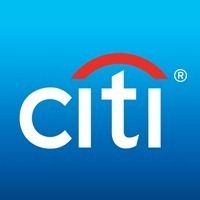 The history of this bank began in 1811, when a group of merchants decided to help New York compete in the banking industry with Philadelphia, Boston and Baltimore.
The history of this bank began in 1811, when a group of merchants decided to help New York compete in the banking industry with Philadelphia, Boston and Baltimore.
At various times, Citi's reign included wealthy Quakers (people who believed in direct communication with God without the need for clergy as intermediaries) and Gorham Worth - a banker, scientist and poet, and one of the richest men of the 19th century, Moses Taylor.
Citi is now one of the most capitalized large banks in the United States.And in 2009, Citi's Japanese branch was named the best retail bank in Japan by the financial newspaper Nihon Keizai Shimbun.
6. Bank of America - $ 36.7 billion
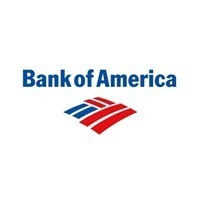 This American bank was founded not by an American at all, but by the Italian Amadeo Pietro Giannini as the Bank of Italy. Initially, it provided various banking options to Italian immigrants who faced discrimination in the service sector. Its corporate practice of serving the middle class and broader banking community has brought Bank of America a significant market share since the early 20th century. As of August 2018, Bank of America has a market capitalization of $ 313.5 billion, making it the 13th largest company in the world.
This American bank was founded not by an American at all, but by the Italian Amadeo Pietro Giannini as the Bank of Italy. Initially, it provided various banking options to Italian immigrants who faced discrimination in the service sector. Its corporate practice of serving the middle class and broader banking community has brought Bank of America a significant market share since the early 20th century. As of August 2018, Bank of America has a market capitalization of $ 313.5 billion, making it the 13th largest company in the world.
From the credit cards that Bank of America began issuing in 1958, the modern VISA cards emerged. In opposition to them, a group of banks led by Wells Fargo, in 1966 released their product - MasterCard.
5. Wells Fargo - $ 49.9 billion
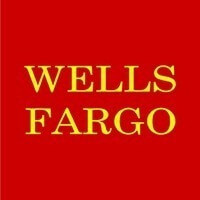 It is the most valuable banking brand in the United States. However, American bankers have no time to rest on their laurels. JP Morgan CEO Jamie Dimon recently expressed concern that Western banks, which dominate global banking, could be replaced by Chinese brands. And the Brand Banking 500 results seem to justify Daimon's fears. After all, the first two places went to the banks from the Middle Kingdom.
It is the most valuable banking brand in the United States. However, American bankers have no time to rest on their laurels. JP Morgan CEO Jamie Dimon recently expressed concern that Western banks, which dominate global banking, could be replaced by Chinese brands. And the Brand Banking 500 results seem to justify Daimon's fears. After all, the first two places went to the banks from the Middle Kingdom.
4. Bank of China - $ 51 billion.
 This financial institution is not limited to banking only, offering also investment and insurance services.
This financial institution is not limited to banking only, offering also investment and insurance services.
A subsidiary of Bank of China - the Bank of China - is also in Russia. It is mainly engaged in servicing the trade turnover between Russia and China.
3. Agricultural Bank of China - $ 55 billion
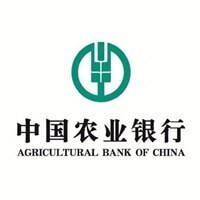 It is one of the four largest banking brands in China, ranked in the top ten billionaires. The Agricultural Bank of China mainly deals with small farmers and large agricultural companies. However, if a non-agricultural company wants to become a client of the bank, it is unlikely to be rejected. And the largest growth segment is mid-sized companies.
It is one of the four largest banking brands in China, ranked in the top ten billionaires. The Agricultural Bank of China mainly deals with small farmers and large agricultural companies. However, if a non-agricultural company wants to become a client of the bank, it is unlikely to be rejected. And the largest growth segment is mid-sized companies.
2.China Construction Bank - $ 69.7 billion
 It is not the first time that one of the “Big Four” banks in the People's Republic of China has been ranked second in influential ratings. In 2013, it was ranked # 2 in Forbes' annual ranking of the largest, most influential and most valuable companies in the world.
It is not the first time that one of the “Big Four” banks in the People's Republic of China has been ranked second in influential ratings. In 2013, it was ranked # 2 in Forbes' annual ranking of the largest, most influential and most valuable companies in the world.
Slowly but surely, China Construction Bank is moving beyond the borders of the Middle Kingdom, now it has about a dozen international branches around the world.
The growing brand value has attracted a number of major investment companies such as Goldman Sachs and Blackrock, which recently raised their stake in CCB. Analysts remain optimistic and predict further growth of this brand at 19% over the next 11 months.
1. ICBC - $ 79.8 billion
 At the beginning of 2019, this Chinese banking brand is the most expensive in the world. ICBC is the largest bank in the world in terms of total assets, deposits, loans, number of clients and number of employees. Like China Construction Bank, ICBC is part of China's Big Four Banking (the other two are Bank of China, Agricultural Bank of China).
At the beginning of 2019, this Chinese banking brand is the most expensive in the world. ICBC is the largest bank in the world in terms of total assets, deposits, loans, number of clients and number of employees. Like China Construction Bank, ICBC is part of China's Big Four Banking (the other two are Bank of China, Agricultural Bank of China).
Curiously, the Chinese bank ICBC is the fourth largest tenant in Trump Tower, a New York skyscraper owned by Donald Trump.

